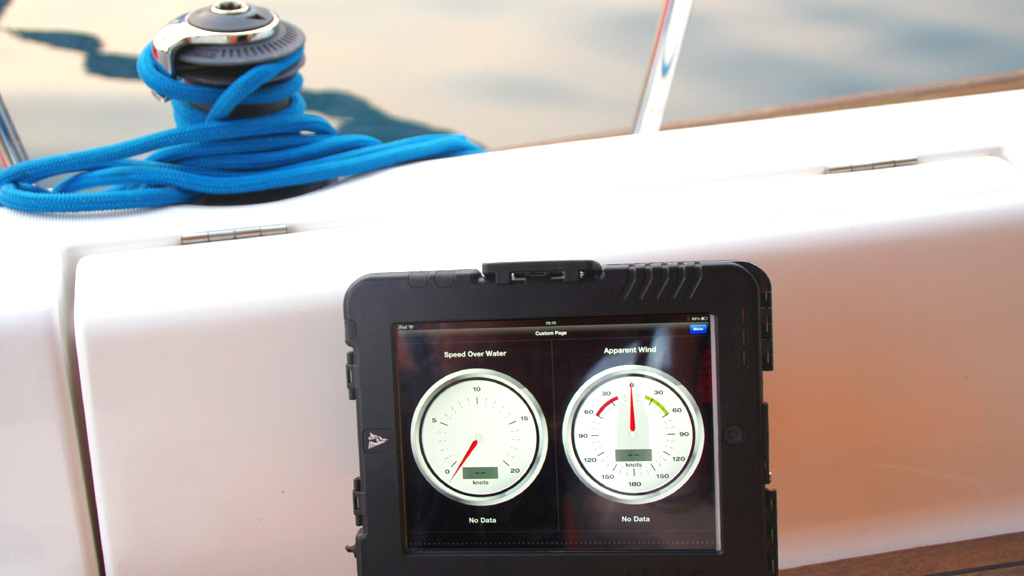
NMEA 2000 is more than just an upgrade to 0183: it makes marine equipment installation much easier, and offers a much wider range of functions. What's more, it's now possible to benefit from it directly on your tablet!
For several years now, electronic equipment on pleasure boats has been using a communications standard called NMEA to transmit data to a navigation control unit.
The first version, NMEA 0183, was designed to manage the instruments essential to navigation (depth sounder, windvane, anemometer, log, GPS, etc.). Based on network technologies that are now obsolete, particularly in terms of very limited throughput, this standard, although still in use, can no longer meet the needs of today's increasingly numerous and sophisticated pieces of equipment.
To overcome the limitations of this first standard, an improved version was created: NMEA 2000. This offers two major advantages: a fifty-fold increase in throughput and built-in auto-configuration and multiplexing capability, enabling all devices to communicate with each other without the need for specific organization.
What's more, cabling is greatly simplified, as all devices can be connected in series or in a network, using standardized connectors.

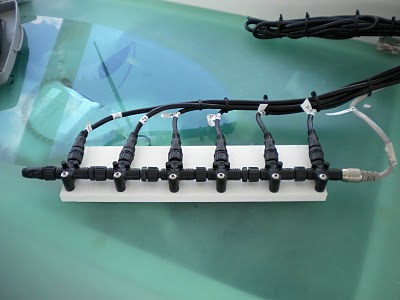
NMEA 2000 makes it possible to connect new equipment to any point on the boat's network without complication. Each piece of data is "signed" by the transmitting device and recognized by devices requiring this information, while others simply ignore it. NMEA 2000 allows a multitude of new parameters to be defined using these signatures (known as PGNs).
So, unlike NMEA 0183, which was limited to managing electronic navigation parameters, NMEA 2000 also manages data relating to motorization (engine speed, fuel consumption, oil pressure, temperature, etc.), levels (battery charge, tank levels, etc.), comfort (lighting, heating, air conditioning, etc.) and even entertainment (music). The only limitation lies in the gradual integration of this standard by each piece of equipment on the boat.
Initially expensive when it was launched over ten years ago, NMEA 2000 first conquered the market for large vessels before becoming widespread. Today, the majority of electronic navigation instruments are compatible, and more and more equipment (comfort, motorization, etc.) is adopting this standard, especially that intended for motorboats.
To display NMEA 0183 or 2000 data on a boat, it used to be necessary to use specialized terminals (navigation units, chartplotters or sounder handsets), often from a single brand to guarantee compatibility. The emergence of new-generation wireless adapters has revolutionized data access, enabling data to be processed directly on a tablet.
The Miniplex-3wi-N2k from Shipmodul, a Dutch company, is a good example of this evolution. This NMEA Swiss Army Knife-like device displays information from various brands in NMEA0183 and NMEA2000, including Raymarine's Seatalk and Seatalk NG, translating and combining it for use on a tablet or computer. Bidirectional, it can also transmit commands from the iPad to the boat's equipment, notably to set a new course for the autopilot.
The iAISTX+ from Digital Yacht, a British company, also manages 2000 data for transmission to a tablet. Less versatile than the Miniplex in terms of NMEA, it stands out for its core functionality as an integrated AIS and GPS transponder.
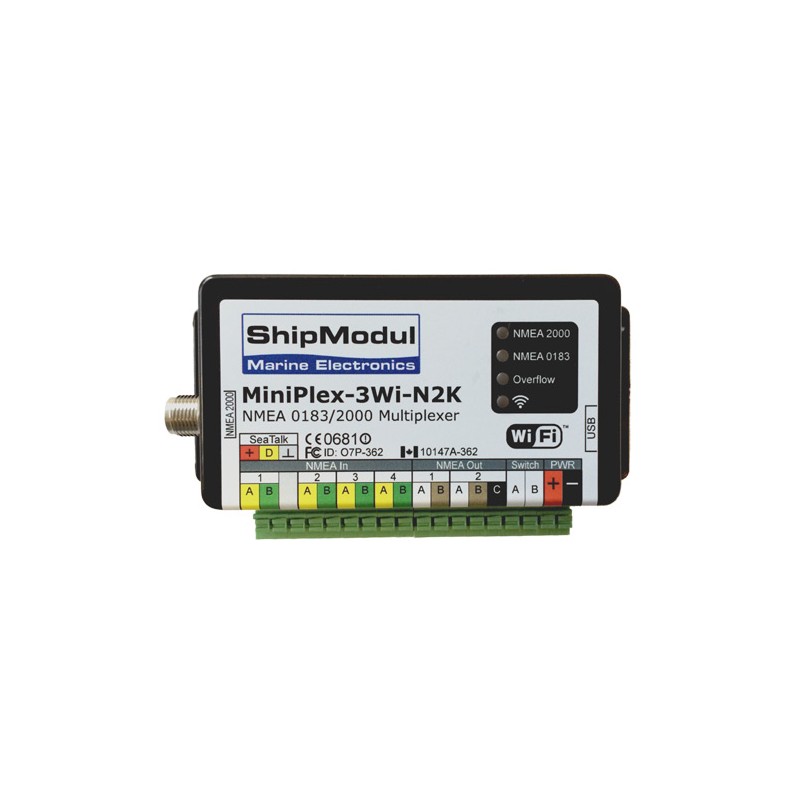
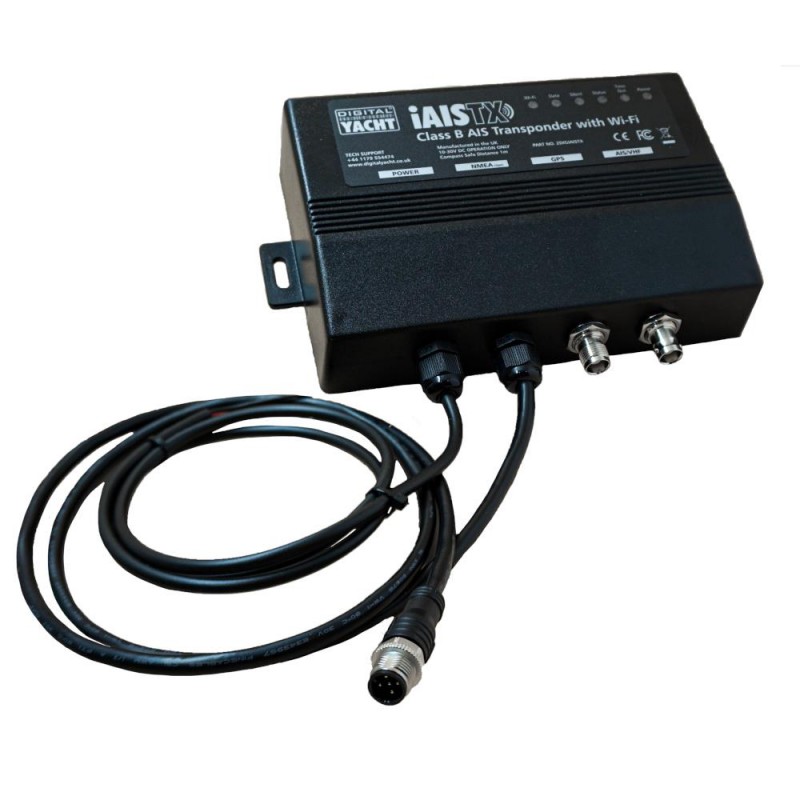
With these or other wireless adapters available on the market, it is now possible to receive wired NMEA data on a tablet or smartphone. Simply select an application capable of displaying this data on screen.
You can consult our application guide for more information. Please note that the most common applications (such as Navionics and TZ-iBoat) do not currently support this feature, so you'll need to choose more advanced applications such as Weather4D Routing & Navigation, iNavX or iSailor.
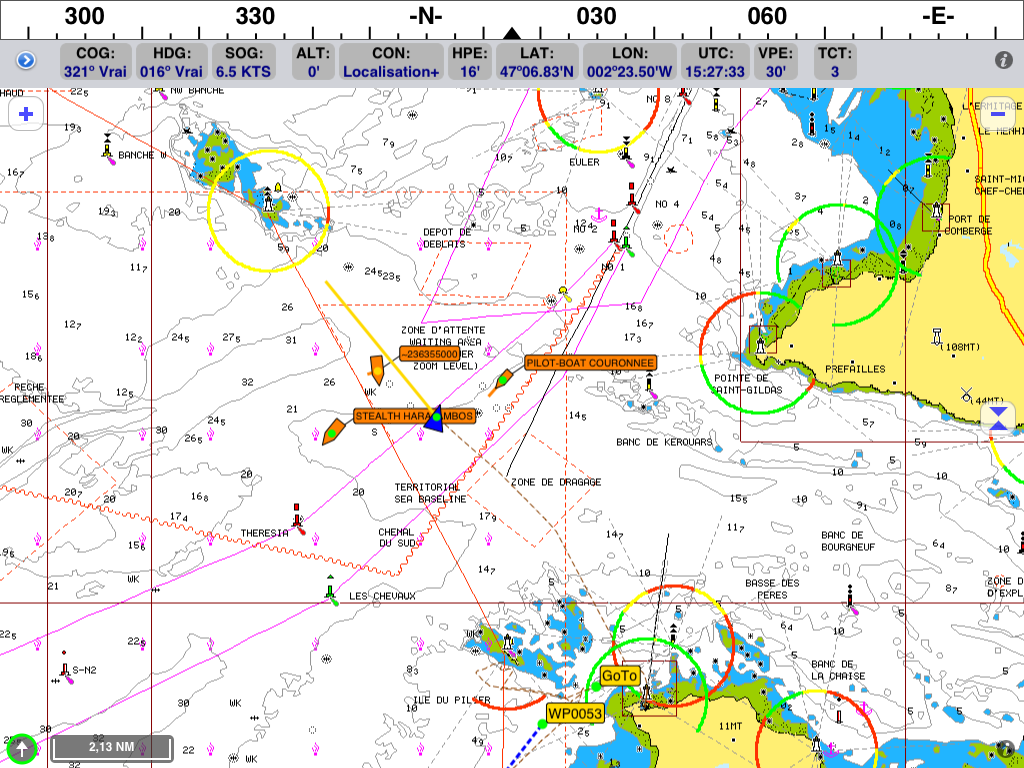
For compatible applications, it's usually possible to choose between several types of display: a dashboard with dials and digital information, data superimposed on the marine chart, or the "splitscreen" which divides the screen between the marine chart and digital information.

The creators of NMEA2000 were primarily concerned with speeding up and enhancing information sharing between marine equipment. However, in the early 2000s, they didn't anticipate the boom in wireless technologies - a notable shortcoming.
Fortunately, the introduction of Wi-Fi adapters has removed this barrier. By making NMEA accessible on a smartphone or tablet, they have unlocked a vast range of possibilities. Crucial navigation information can now be continuously monitored from any point on the boat on a high-quality mobile display. This includes the ability to maintain an AIS watch from anywhere on board, increasing safety.
Comfort is also enhanced: with a properly NMEA2000-equipped boat and a tablet, the possibilities are endless:
Happy sailing!
Find out more :
Our shop uses technical cookies to improve the user experience and we thank you for accepting their use to fully enjoy your browsing. These cookies are not used for advertising purposes. Thank you for your understanding.
